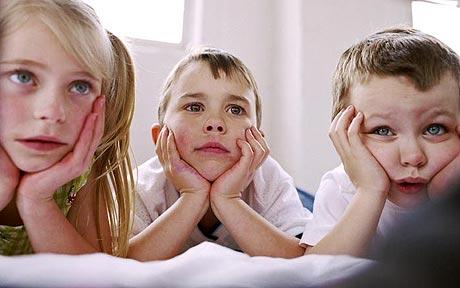- Because Our Children Are Watching
- Join the Cause
- Donate
Written by PTC | Published January 30, 2017
 In a recent guest editorial for The Hollywood Reporter, NBA legend Kareem Abdul-Jabbar made a persuasive case that The Bachelor in all its forms and franchises, is killing romance in America.
In a recent guest editorial for The Hollywood Reporter, NBA legend Kareem Abdul-Jabbar made a persuasive case that The Bachelor in all its forms and franchises, is killing romance in America.
He writes, “As entertaining as these shows are (and they really are compelling fun), there is an insidious darkness beneath the fairytale pabulum they are serving up. … And when we think about where our children learn about the realities of romance, it becomes even more important to question what may influence their behavior in choosing a partner.”He’s certainly onto something. Viewers of The Bachelor and Bachelorette shows are subjected to false, unattainable ideals of beauty; a lack of intellectual, racial and appearance diversity on the shows; and unrealistic, “fairy-tale” notions about how love unfolds -- finding “the one,” and living “happily ever after.” Abdul-Jabbar’s criticisms of these shows are warranted, but when you look at the greater TV universe, they only scrape the surface of TV’s “love” problems. It’s not just reality dating shows which ironically are killing romance. The same can be said of much of what’s on television. Savvy TV viewers today derisively snicker at the fact that I Love Lucy’s Lucy and Ricky slept in twin beds, saying it is unrealistic – but enthusiastically embrace programs like Game of Thrones, which depicts incest, rape and orgies as… more realistic? In an article for Time magazine, an anonymous producer of Game of Thrones told the show’s director, “I represent the pervert side of the audience, and I’m saying I want full frontal nudity in this scene.” Otherwise compelling historical dramas such as Versailles or Vikings are undermined by their insistence on gratuitous sex scenes which seem to draw their inspiration from modern pornography rather than documented historical fact. Sitcoms are not immune from these corrupted and polluted ideas about love and romance. Even Friends, which seems tame by today’s standards, featured constant references to pornography – including one episode titled, “The One with the Free Porn,” in which Chandler and Joey discover they are suddenly getting free pornography and are afraid to turn off their TV and refuse to leave their apartment – to meet and interact with real women, for example -- for fear it won’t be there anymore when the return. What does that say about the state of love and romance in America? More recently, the creepy broadcast networks have allowed pornified ideas about sexuality to creep into storylines involving minor-aged characters. ABC’s The Real O’Neals, for example, included a scene in which two teenage characters click on a link that launches a cascade of pornographic images onto the screen. One character, says, “Dude, it's a pornado.” And on Fox’s “The Mick,” after the adult guardian of three children encourages the sixteen-year-old girl in her care to have sex with an adult male, her seven-year-old brother asks about the sounds coming from his sister’s bedroom. He’s told, “Your sister’s getting fu…uuurrniture.” A report for the Kaiser Family Foundation found that depictions and descriptions of sexuality on TV are increasing, particularly on the programs teens are most likely to watch, and that most references to sex do not include messages about risks or responsibilities. The consequence? A report from the Rand Corporation found that watching TV shows with sexual content apparently hastens the initiation of teen sexual activity and that sexual talk on TV has the same effect on teens as depictions of sex. TV today isn’t just eroding ideas about love and romance. They are toxic to the culture. And our kids are bearing the cost.